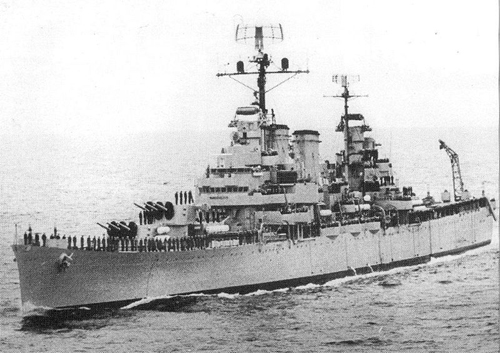The Falklands War: report on Glasgow Branch lecture 2012

The first lecture in the Glasgow & West of Scotland Branch ‘Falklands War'(11/10/2012)
Panel of speakers - Dr. Francis Lambert, Mr. Sandy Leishmann and Mr. Tom Ward.
Dr. Francis Lambert ( Previously at the Centre for Latin American Studies, University of Glasgow ) outlined the history of the still-contested sovereignty of the Falkland Islands/ Malvinas from the Papal division of the New World between Spain and Portugal ( Treaty of Tordesillas c. 1490 ) and through rival efforts at occupation by the Spanish, French and British, to successful British control from 1833 onwards. The Argentinian invasion of 1982, precipitating the ‘Falklands War', signalled their unrelinquished claim to the islands, by inheritance from the Spanish and occupancy from 1820 up to their expulsion in 1833.
Dr. Lambert also briefly considered alternative peaceful solutions to the current issue of the Falklands sovereignty such as that which resolved the Aaland Islands dispute between Sweden and Finland, although Britain remains opposed to negotiation, regarding the islanders' wishes as paramount.
Sandy Leishmann sailed with the Task Force on HMS Alacrity; he is still amazed that the force of 66 Royal Navy vessels and 45 requisitioned commercial vessels was prepared for sea in three days. His photographs and commentary helped bring home the reality of conflict, highlighting the devastating effects of Exocet missiles and what it was like to be under fire. He soon realised that his ship, a Type 21 Frigate, had been assigned as a ‘goalkeeper' to act as a shield to protect supply ships. After going along side Atlantic Conveyor to fight the fire, he was present at the burial s of three of its crew at sea.
Tom Ward told of his post war career in naval re-supply in the Falklands. He re-emphasised the critical importance - brought out so strikingly by Sandy Leishmann - of naval amphibians and other supply ships to the Task Force and explained with photographs replenishing at sea and by helicopter. Tom Ward also showed the audience his find of a bomb fragment at Port Stanley airport, obtained during an off-duty walk as a ‘battlefield tourist.' His subsequent studies for a master's degree in ‘War Studies' at Glasgow University encouraged a more professional archaeological approach to establish the context of the fragment's deposition. He recounted his reconstruction of the Vulcan bombers' Black Buck raid to prove the provenance of the bomb fragment, explaining how he set about reducing the probability of error by checking types of plane in raids, details of their bomb loads, aerial photographs of runway cratering, casing of different bombs and proximity of a crater to the site of the specific fragment.
Finally, Tom Ward showed photographs of San Carlos cemetery with its fourteen war graves and after considering the change in memorialisation brought about by repatriation concluded, with the concurrence of Dr. Francis Lambert and Sandy Leishmann, from a British perspective that the war was about self-determination.
Attendance 43.
Questions
1. Are there any Argentine immigrants?
2. Were veterans always visiting?
3. Firstly, what was the point of the RAF mounting that long raid, when the result was to get only one bomb on the runway; and secondly, with reference to Sharkey Ward I/C Sea Harrier Squadron, could not these planes have done more damage more efficiently and cheaply?
4. How many shells did HMS Alacrity's fire, before its gun became too smooth to fire?
5. What part does ‘logistics' play in repatriating those killed in action?
6. Is there a right of pilgrimage to a war grave in a foreign field?
7. Is the desecration of war graves abroad now a factor in repatriation?
Attached files:
- Falklands War Branch Lecture PowerPoint
2.46 MB Powerpoint presentation

